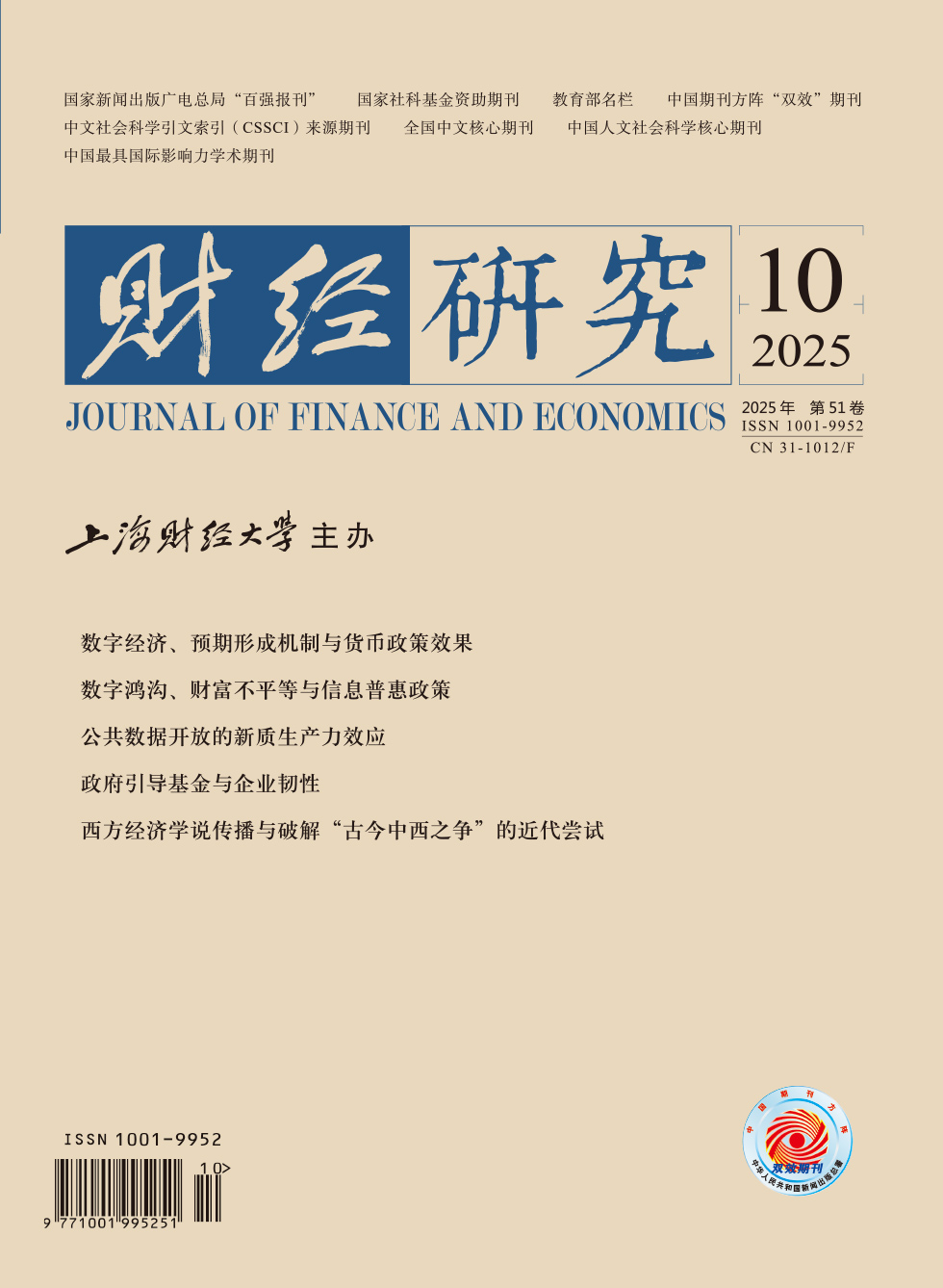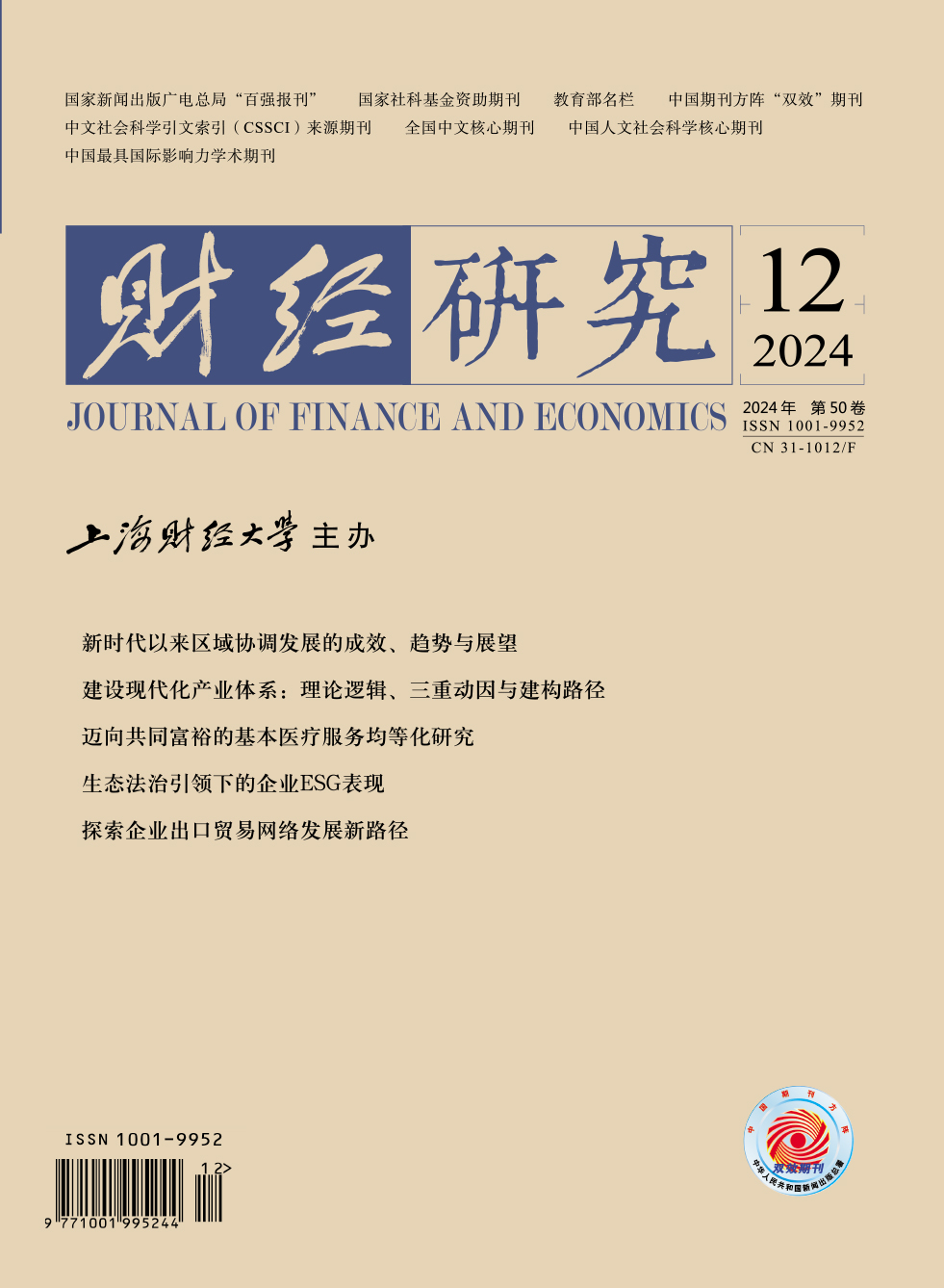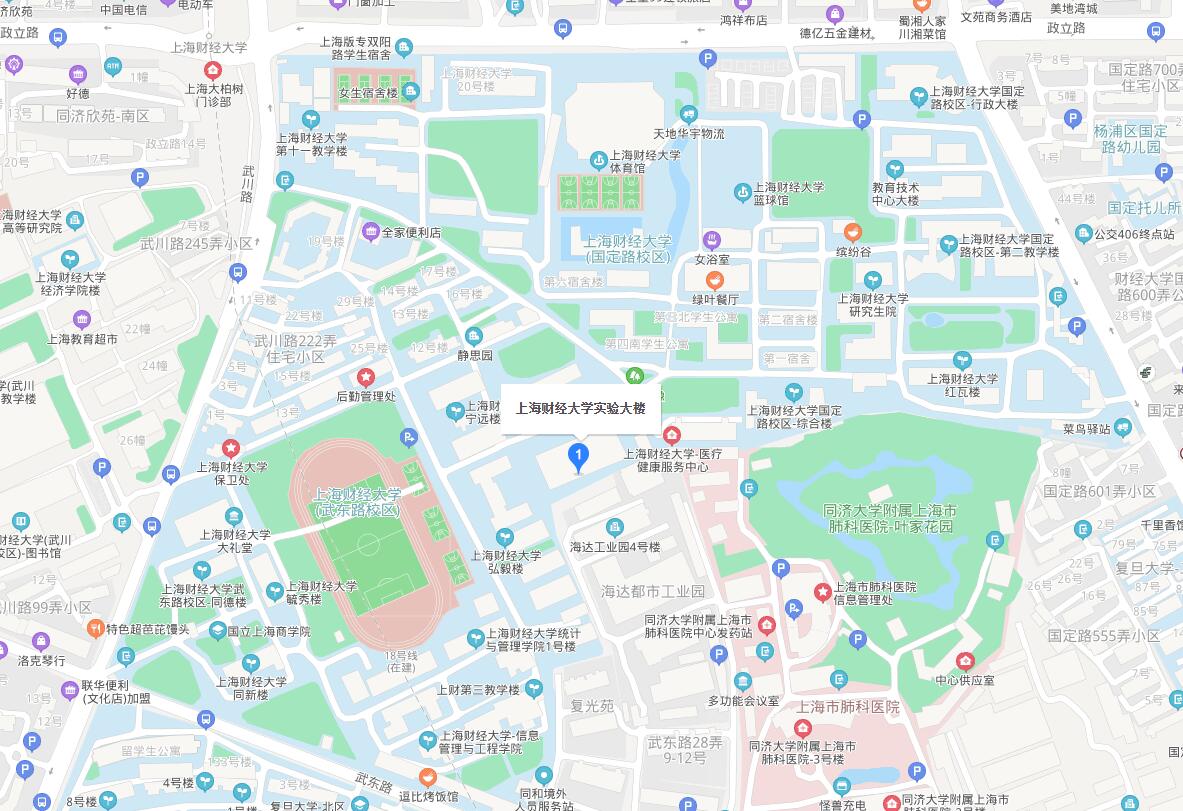Under the background of the Chinese path to modernization, it is necessary to further analyze and judge the trend characteristics of coordinated regional development, and deeply analyze the contradictions faced by coordinated regional development. This paper analyzes the dialectical relationship between the Chinese path to modernization and coordinated regional development, the impact of coordinated regional development since the New Era, the trends and prospects of coordinated regional development, and several pairs of relationships that need to be handled.
The study finds that coordinated regional development is an important support for promoting the Chinese path to modernization. In the context of the Chinese path to modernization, further promoting coordinated regional development must be based on domestic and international development, focus on the refinement of policy formulation and spatial scale, and provide important support for realizing the Chinese path to modernization. Since the New Era, significant achievements have been made in coordinated regional development, and the spatial pattern of coordinated regional development based on the spatial system of “central city–metropolitan area–urban agglomeration” has been initially formed. The trends of coordinated regional development have become an important spatial carrier for promoting new regional cooperation, the pattern of major regional strategic linkage has been initially formed, the pattern of regional plates is shifting towards a “π” shape, and the spatial linkage development pattern of large-small “diamond shapes” is taking shapes. It is necessary for coordinated regional development in China to focus on the five pairs of relationships: theory and practice, “place prosperity” and “people prosperity”, internal side and external side, government and market, and colorful growth and common prosperity.





 3311
3311  5423
5423

